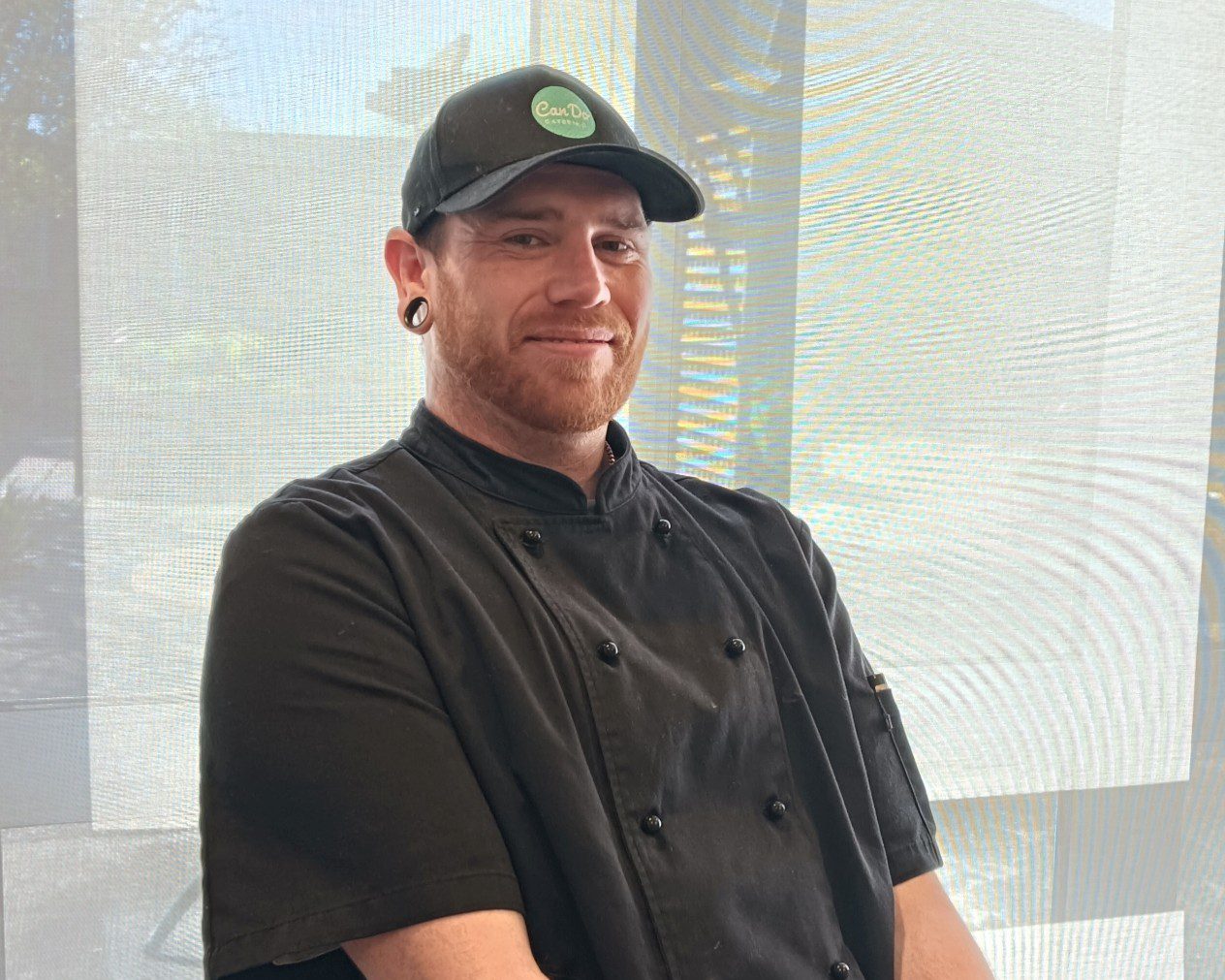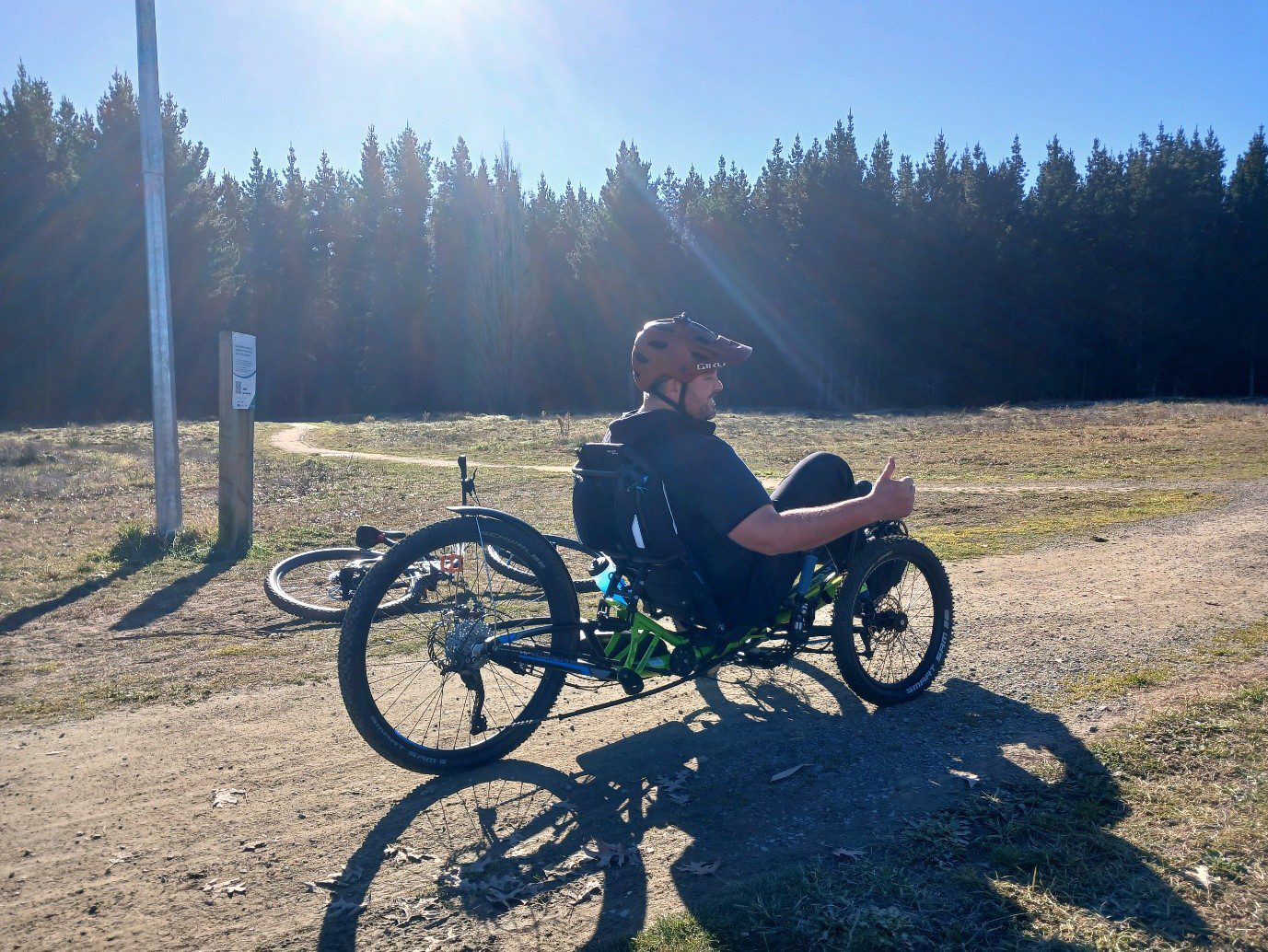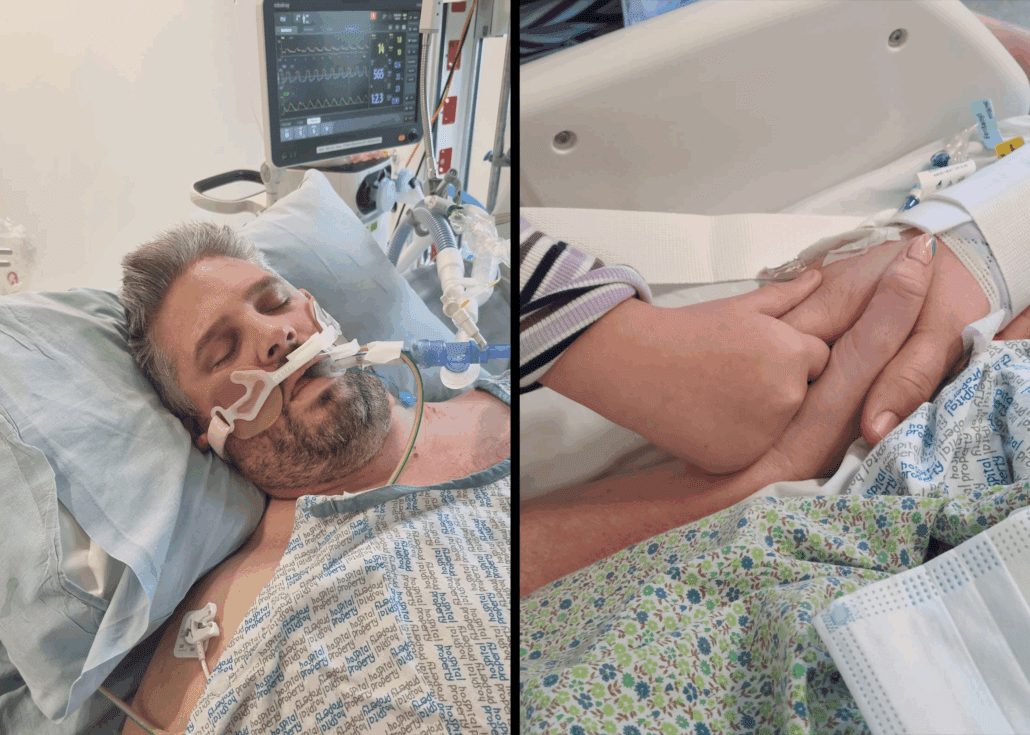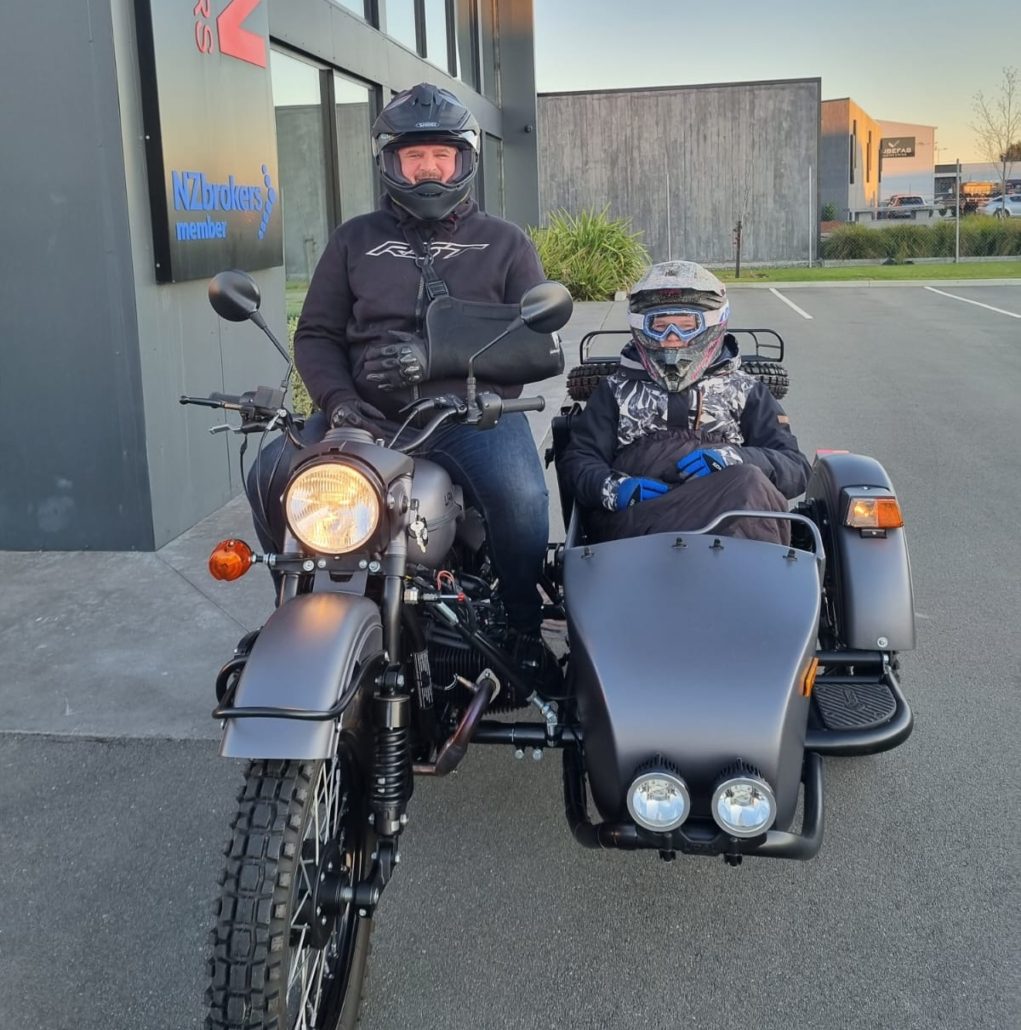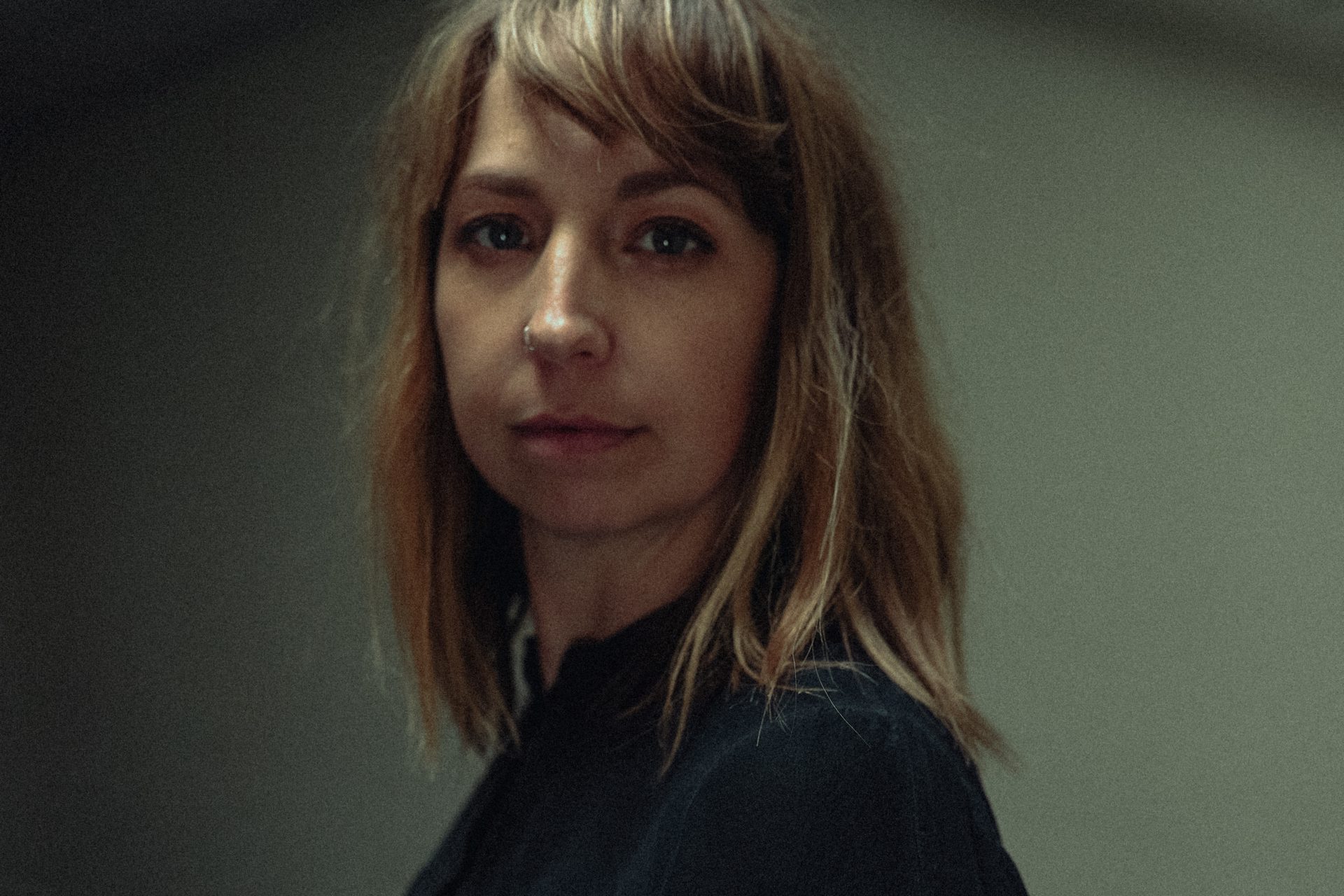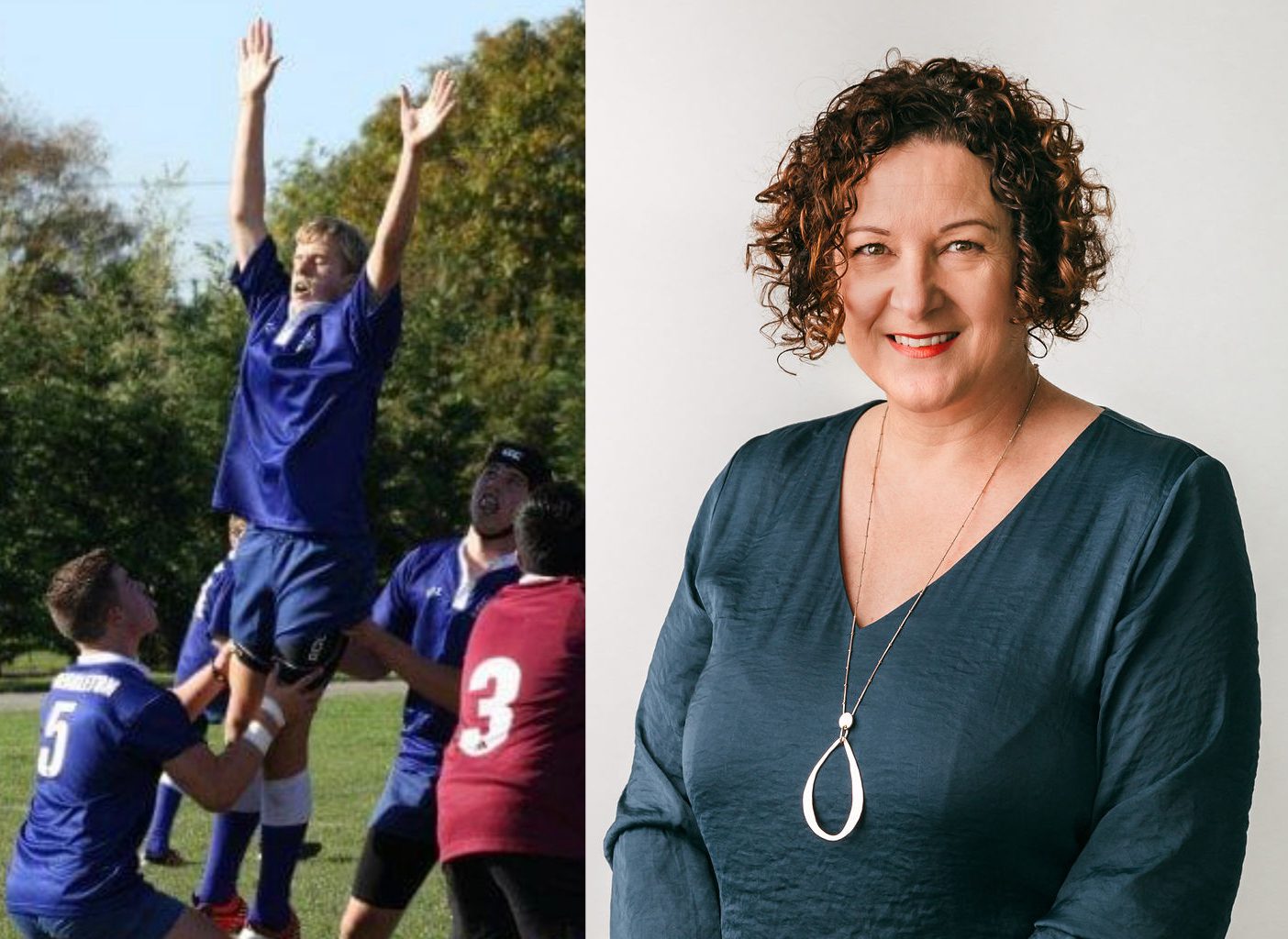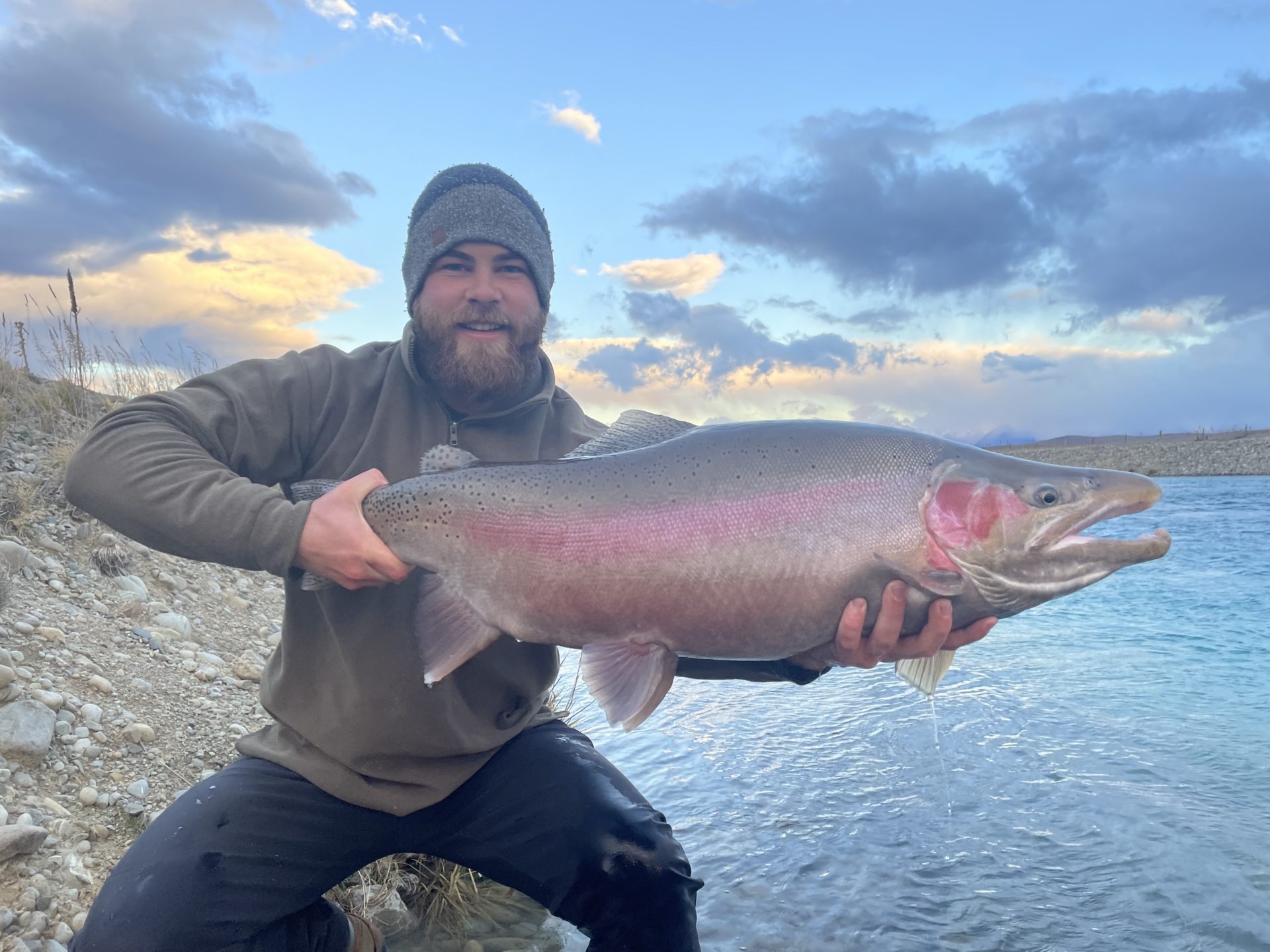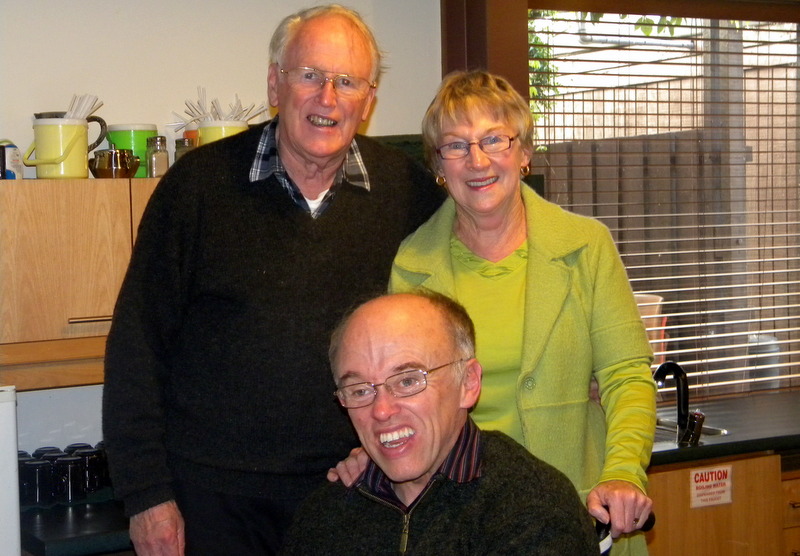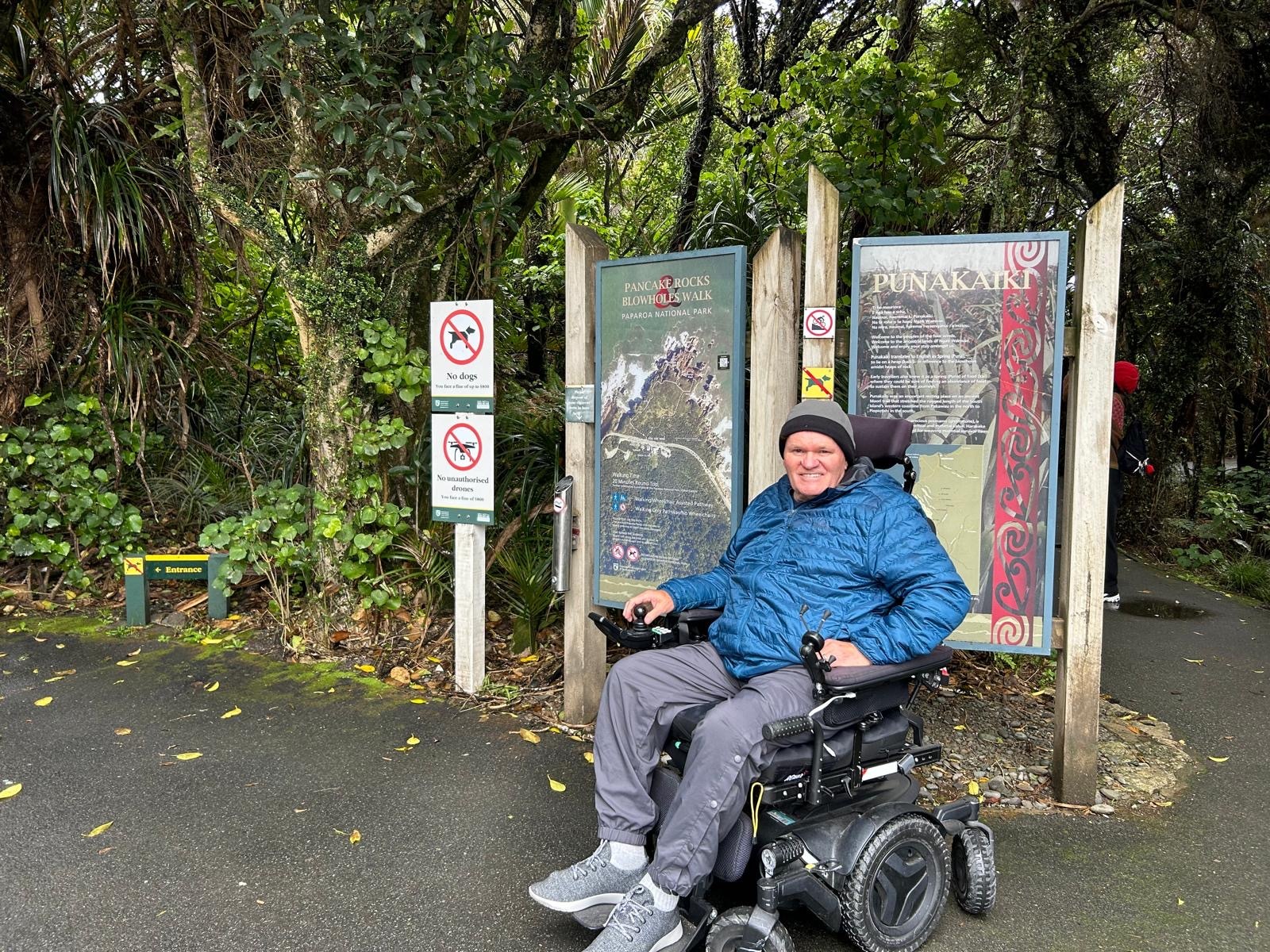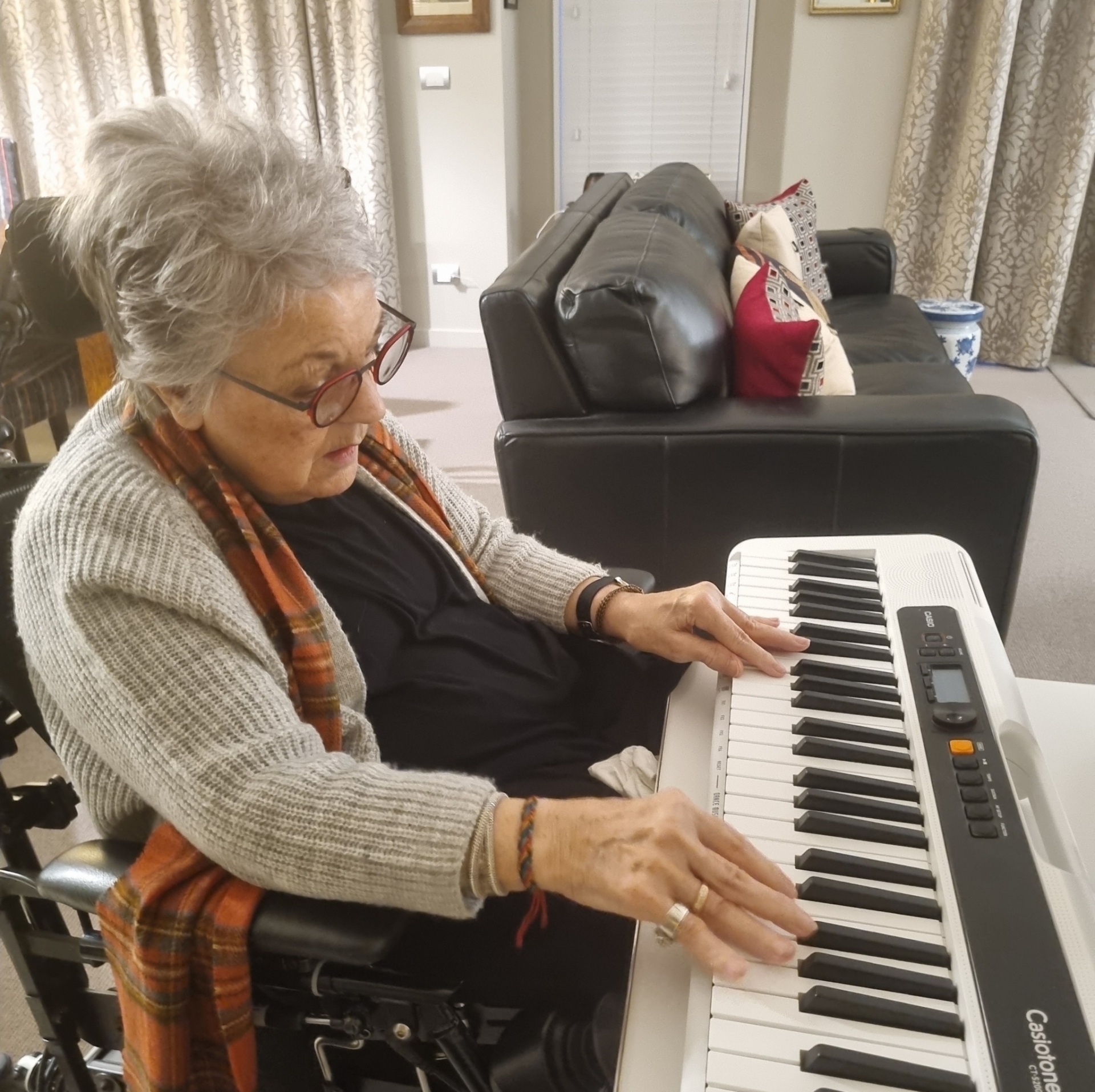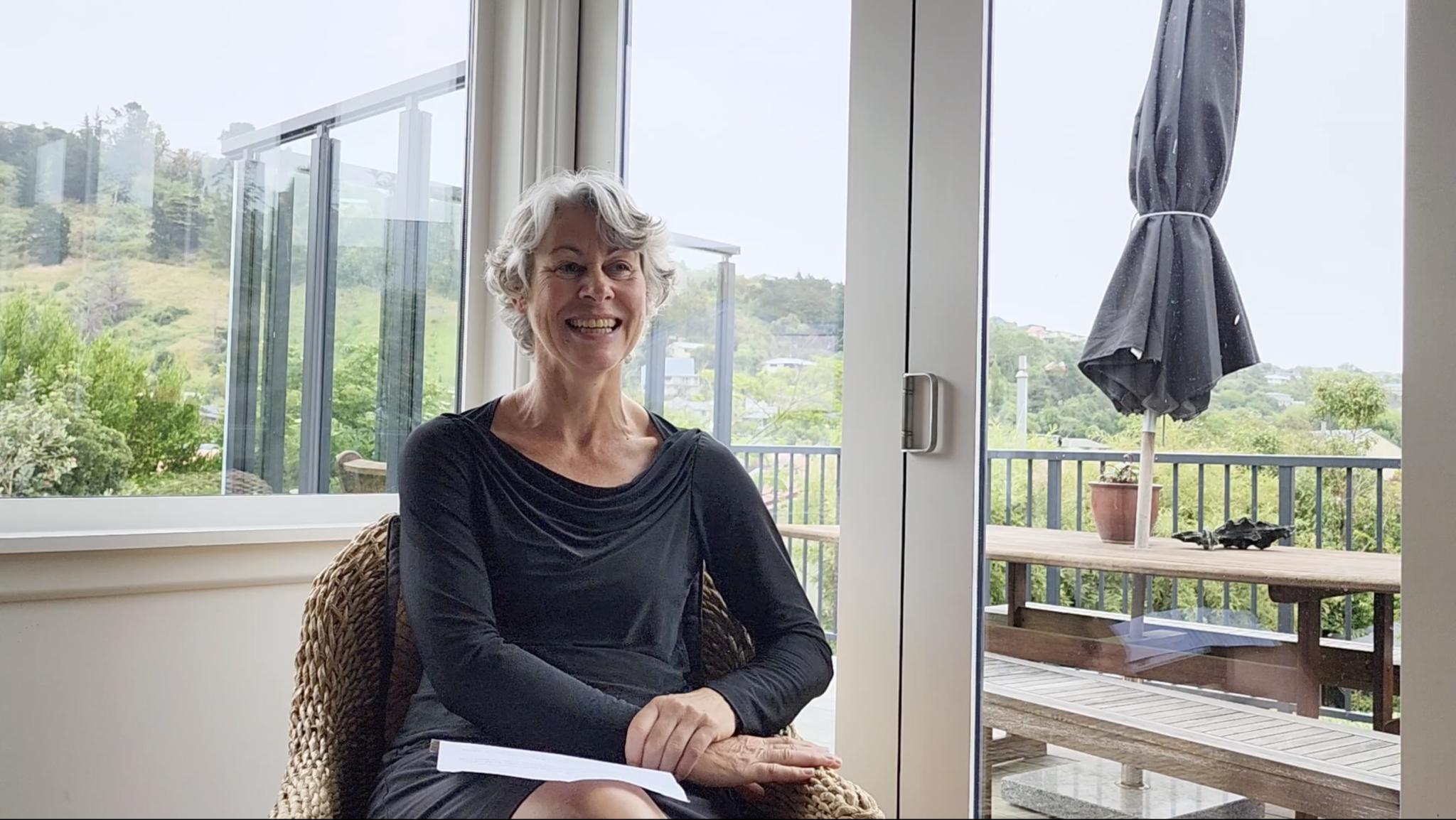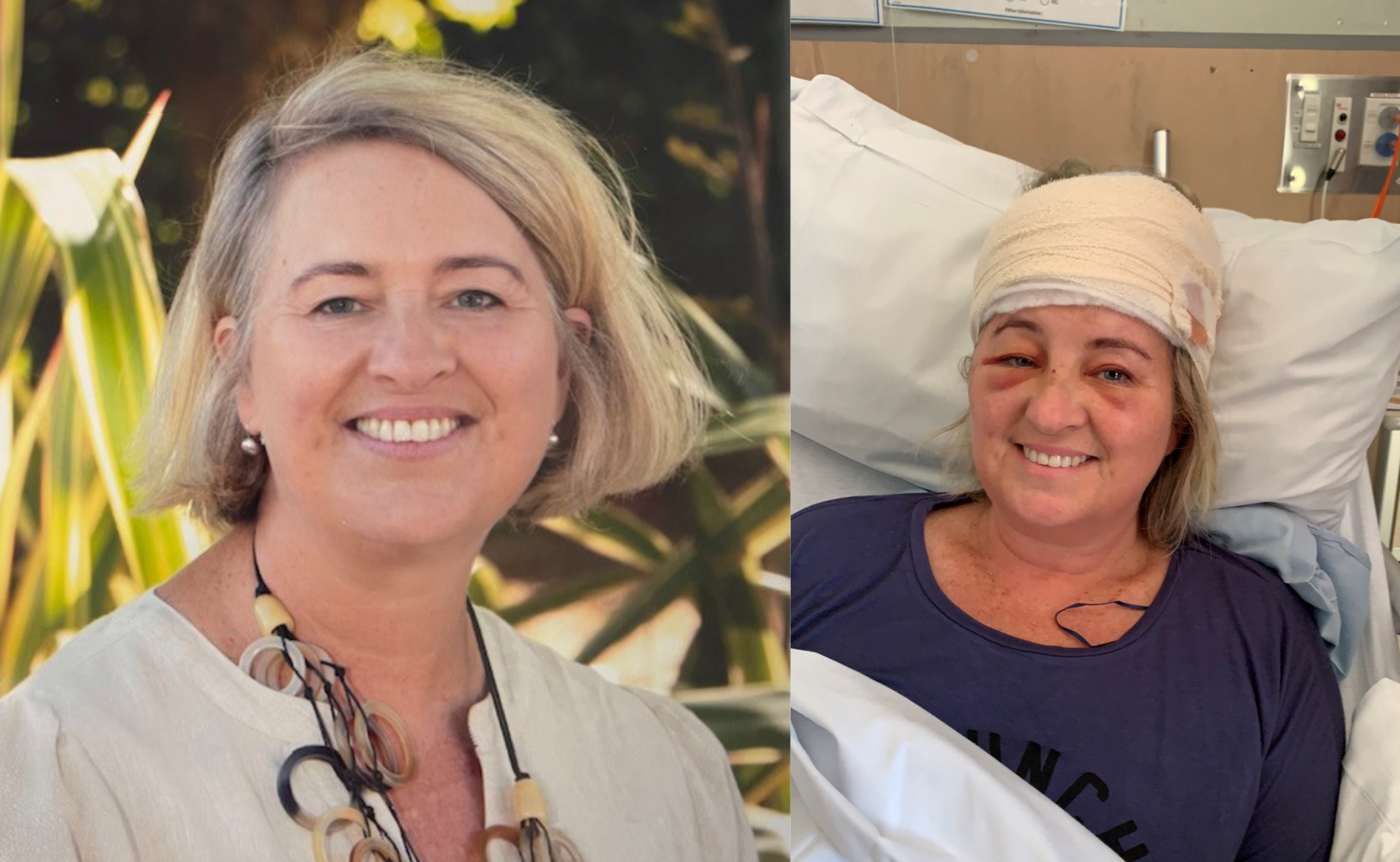Today we’re delighted to highlight James Dyer, who after sustaining a spinal injury in 2017, worked with Laura Fergusson Brain Injury Trust in his rehabilitation, and now leads cooking groups based at Ilam Road!
Prior to his injury, James trained at CPIT, now Ara, and enjoyed his career in hospitality as a chef. Then, in late 2017 he had a motor vehicle accident, fracturing his neck, breaking his back, and severing his spinal cord. He sustained a T6 spinal cord injury, placing a halt to his career. His injury caused a loss of sensation from the chest down, and caused issues with his core stability.
After a six month stay at Burwood Hospital, James immediately began work with LFBIT. This involved physiotherapy, where James worked hard at the gym, and trained his wheelchair control, and learned to transfer in and out of his chair.
Moving into a new accessible home, James had an occupational therapist visit to oversee the installation a few things to support his independence. This included items such as a shower bench, and a lazy Susan in cupboards to keep everything in reach.
Most essential for James was his wheelchair and seating support, with even the seemingly smallest adjustments being incredibly valuable for his physical wellbeing.
“The adjustments that we made last time to the chair made me realise that the entire time I’d just been sitting in my chair wrong,” says James. “It was a twist of a bolt and a slight tweak of back press, and it was like ‘oh, okay. That feels better!”
While James’ initial support from LFBIT is complete, he values having access to specialists when needed. “I can call up at any time and basically ask for adjustments or anything like that, just a phone call away, which is bloody good.”
“It is so important for the seat to feel right, so paramount to a happy life. It’s just a small adjustment that ends up improving massive levels of comfort.”
During his time with LFBIT, James became interested in the Trust’s social enterprise, Can Do Catering. Post injury, James had tried to get back into hospitality work, but logistically, nothing quite worked. Then in late 2024, an opportunity arose for James to volunteer for the Trust’s weekly cooking group at Ilam Road.
When coming in for an interview with Marcus Braun, Catering Manager at Can Do Catering, the two realised they knew each other, as James used to study under Marcus at CPIT.
“I never would have thought that about a decade later I’d just be back working under my teacher again. Luckily, he trained me well!”
James began to volunteer his time on a Monday and Tuesday, where he works alongside residents and support workers with their cooking sessions. He delegates preparation jobs between residents and then assembles the meal in front of everyone to show everyone how it is made.
“They enjoy it a lot! They’ve even started asking for seconds. It’s cool to be able to give back, even if it is just cooking a feed. If I’m bringing a smile to someone, that’s all that matters.”
After some time working with the cooking group, James also became an employee of Can Do Catering. Often on a Wednesday, but this can also extend to a Thursday or Friday. James has enjoyed helping out with the production of a Can Do Catering orders as they come in.
“I’ll help out with making the sausage rolls or whatever’s needing prep in higher quantities. It is getting busier, soon we have an order that is so big we will need all day, and that thrills me! I’m just like, yes, sweet, bring on more.”
“We are thrilled to have James on board as one of the Can Do team,” says Marcus Braun, Catering Manager. “Giving James the opportunity to shine in the environment where he obviously thrives in, is rewarding for us as an organisation and most importantly gives James the chance to utilise his skills and knowledge.”
“James’ professional kitchen experience is an asset that we really value, his ongoing contribution towards all tasks that he completes are always at a high standard and with an amazing positive attitude. We look forward to seeing where this exciting journey goes for James.”
James says he is excited for the future of Can Do Catering, and with the new site at North Parade and planned dedicated space for the kitchen, hopes are high that the work will only continue to grow.
Outside of work, James enjoys his family life, and spending special time with his ten year old daughter.
“Between family life, looking out for my daughter, and work, that is all that is needed to fill my bucket.”
We are thrilled to see the progress that James has made post injury, and incredibly grateful for the time that he has invested this year into the very popular cooking group. We look forward to continuing to support you on your journey, as you support Laura Fergusson Brain Injury Trust on ours!
